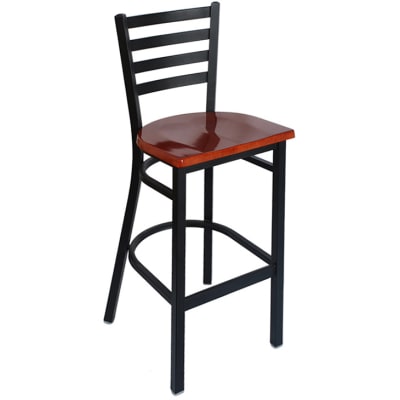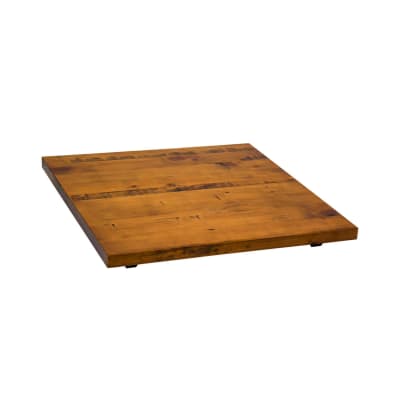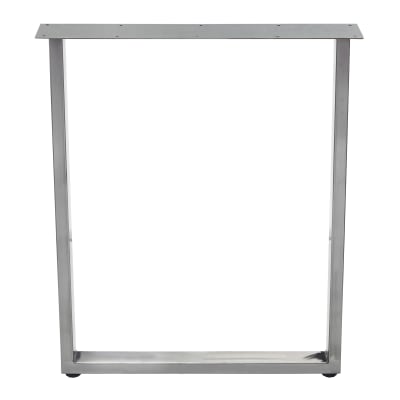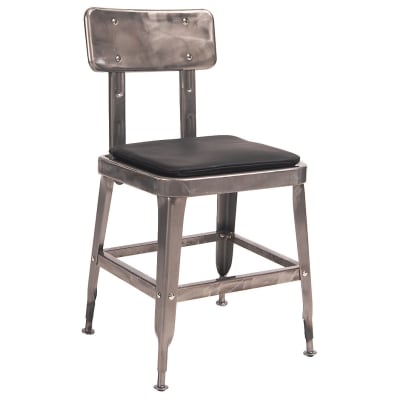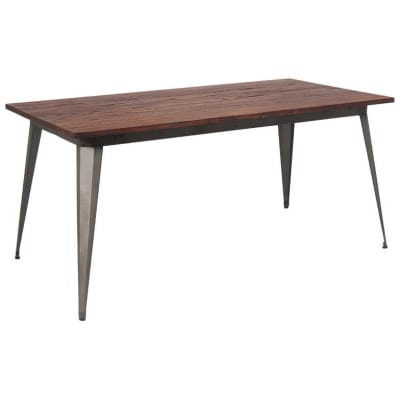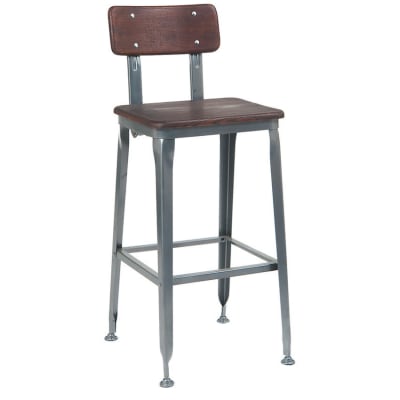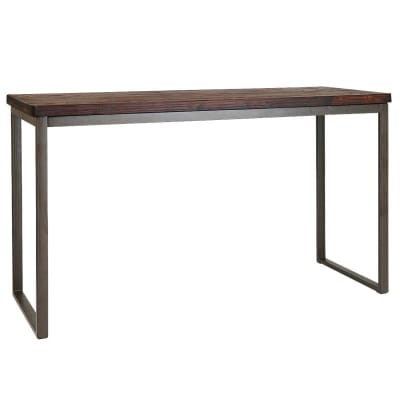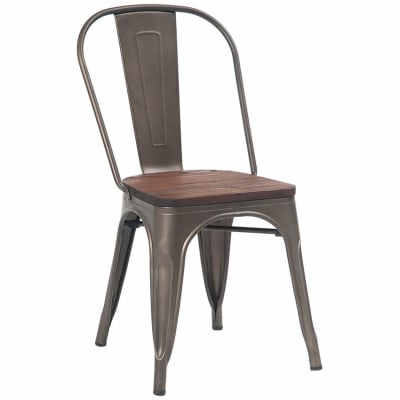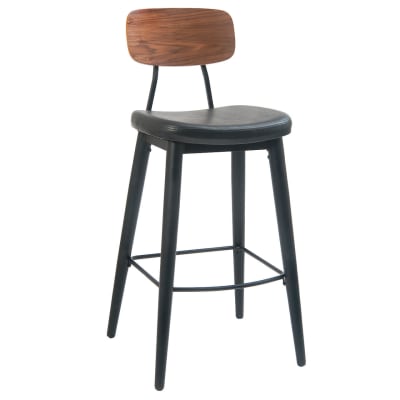Maybe you are dining solo but want to be social during mealtime. Or perhaps you and your bestie want to meet new people and make some friends over a weekend meal. Eating in closed groups is the restaurant dining standard among most patrons. Sitting next to someone you don’t know can be initially awkward. But this restaurant trend is nonetheless growing as it is a fun way to interact with others and make connections in a casual setting. But there are a few things you should know before you pull up a seat by the table.
Communal Dining: A Growing Restaurant Trend

Communal tables for restaurants are one of the biggest emerging trends that is making a comeback. These are long and shared tables where people typically sit close to others they don’t know. Though not entirely a new concept, this dining trend has had some success, especially in the quick-service restaurant industry and among other public dining spaces such as cafeterias. Even fine dining establishments started to adapt to communal dining. Today’s diners seemingly want a side of social interaction served with their meals. And communal restaurant tables are quick to deliver. From utilizing dining spaces better to providing enhanced social experiences, communal tables are changing things up at restaurants.
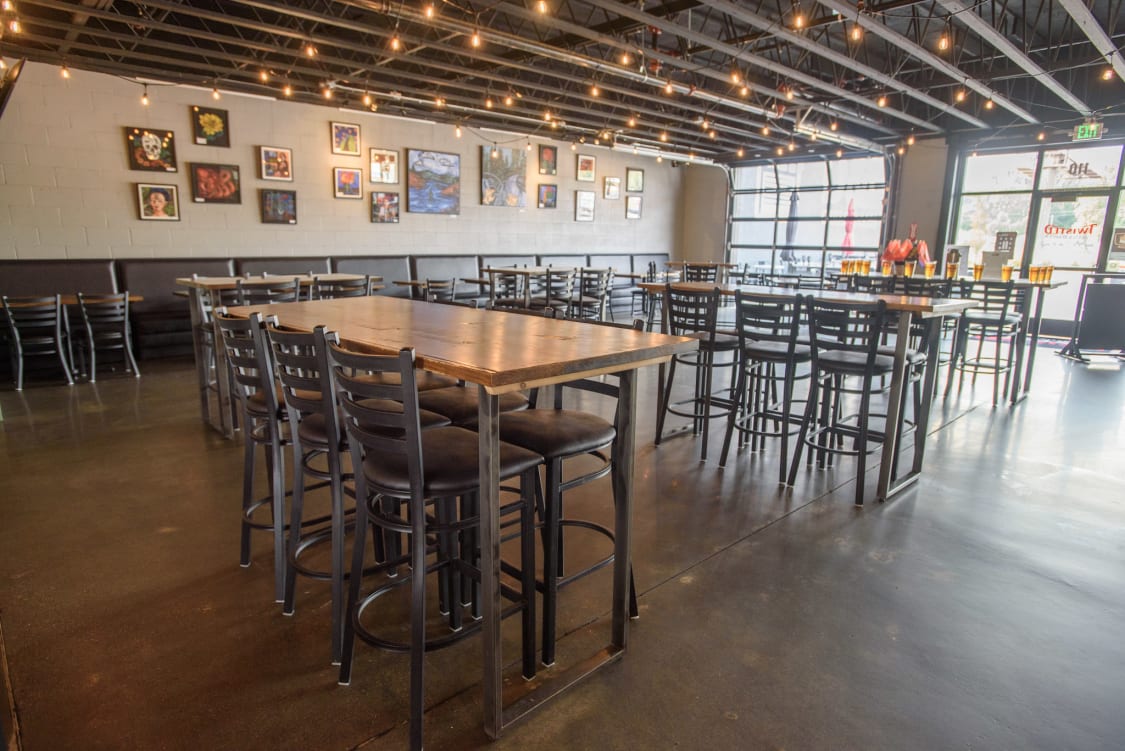
What is a Communal Table and How is it Different from a Drop-Leaf Restaurant Table?
In terms of functionality, you may wonder how a communal table is different from grouping standard restaurant tables together or drop leaf tables (or any table with extensions).
Communal tables are essentially large tables that seat more than one party at a time. Although in the rage right now, communal tables are not a foreign concept. Up until the 19th century, communal tables were a common sight in public dining rooms, inns, and halls in Europe. In those days, only the wealthy could afford to eat in private dining rooms. Restaurants as people know today, which seat people at their own tables, didn’t exist until they were introduced in Paris by the 1760s. This style gradually became more popular and it remains in what is seen at most restaurants today.
You can accommodate as many people with standard restaurant tables with drop leaves as you can with a communal table. Both types of tables function to save space and create more seating space for customers. A communal table is generally larger in dimensions than a singular drop-leaf table and works better in spaces that encourage shared dining. When you run an eatery where there are more diners than tables, communal tables can be very convenient as most patrons, especially in informal dining establishments, are willing to share a table with others rather than wait for another group to finish so they could be seated.
Communal Table Dimensions and Characteristics
Communal tables on average stand 30” or 42” high, 36” wide, and 72” long. Dimensions can be adjusted to meet your specifications. They include a 2” thick rectangular hardwood table top supported by powder-coated full welded steel legs. The table surface can be customized in a variety of wood stains. Each top is sealed with a protective finish that stands against rotting, impact, chipping, fading, splitting, and warping. Bases provide a durable and reliable foundation to showcase the craftsmanship of the table top. A communal table can seat between 6 to 8 people at a time thus maximizing your venue’s square footage.
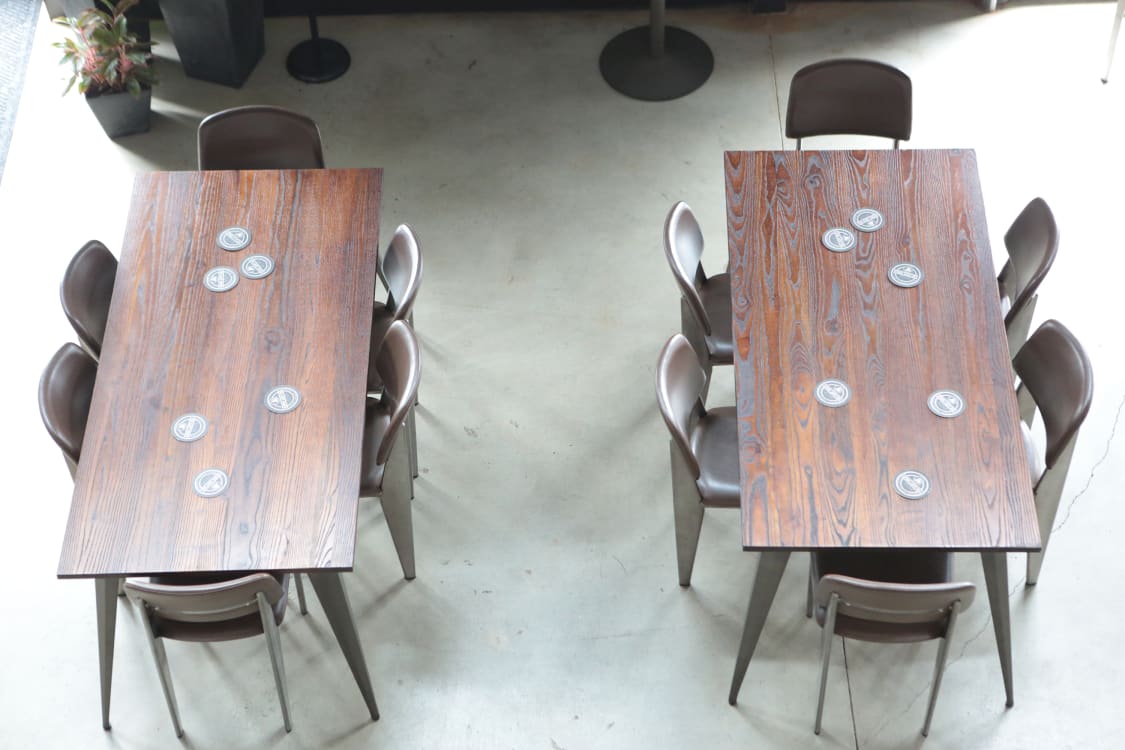
With a multitude of sizes and designs to choose from, there is a perfect fit for every space and decor. A vast selection of textures and colors for each communal table allows you to find the right balance and combination that embodies the ambiance at your venue. Perfect for all commercial applications and settings, communal tables welcome visitors everywhere and anywhere. They comfortably fit more people into limited spaces with plenty of room for plates and glasses. A table with a wider surface is recommended for family-style restaurants as it leaves more room for shared platters in the middle.
Shop the Look
Benefits of a Communal Table
One of the many benefits of having a communal table at your restaurant is that it evokes an egalitarian and traditional way of eating. It sets a casual atmosphere that is ideal for both solo and sociable diners satisfying a deep-seated human need for community. It also raises a restaurant’s profits by expanding the number of guests that it can serve. They also increase the number of seats in smaller spaces thus potentially boosting restaurant sales as well playing a crucial role in developing a better dining experience for customers.
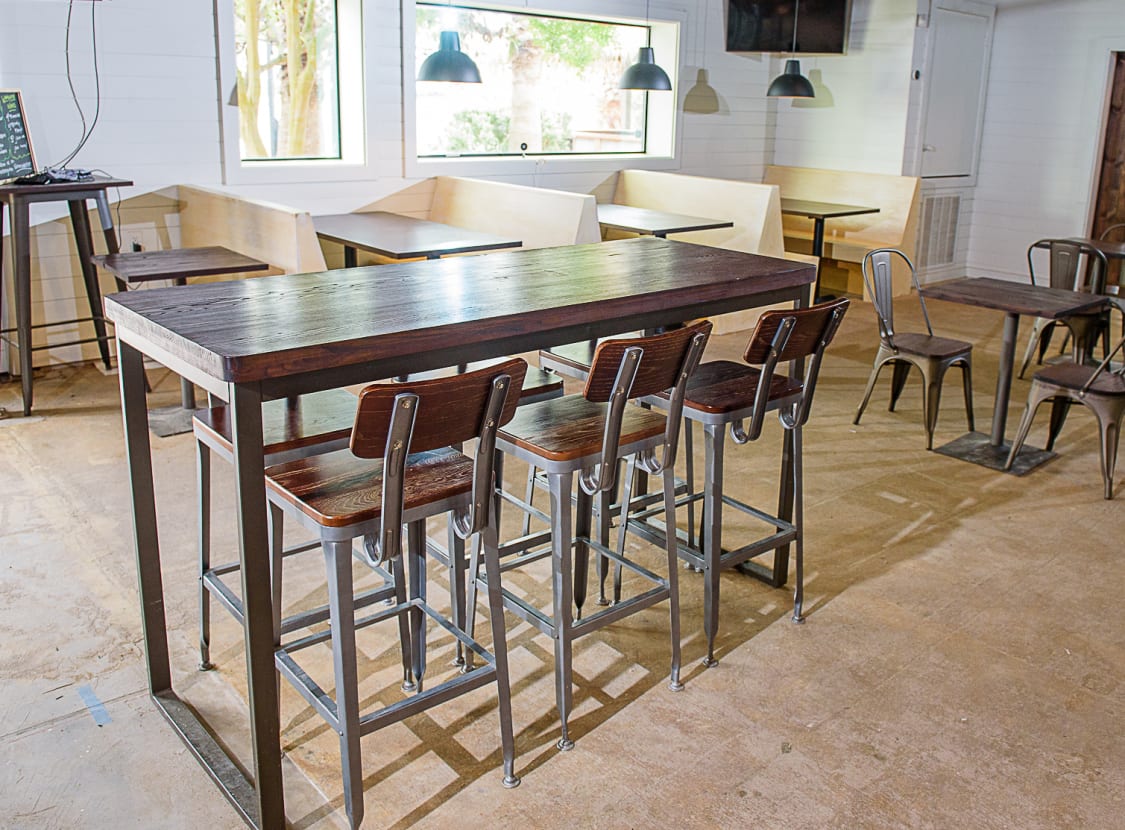
The current dining trend among millennials and Gen Z is to find a restaurant that allows them to graze, linger and socialize at their leisure. Communal tables fulfill this trend, therefore, appealing to millennial diners who look for destinations where they can engage with others or with technology and create an out-of-office workspace. Communal tables make it much easier for customers to eat at their own pace without feeling rushed, start a conversation with others, or work behind their computer screens. They give customers a lot more freedom to decide how they would like to enjoy their experience.
Starbucks and McDonald’s have been using communal tables for years. Communal tables are a big part of delivering the type of in-restaurant experience that more guests seek today. For Starbucks, however, redesigning their coffee shops to feature communal tables along with new modern designs was about integrating communities with local stores. Starbucks is very much about group experience, making communal tables a commodity.
Shop the Look
Special Considerations to Make
When it comes to matching restaurant tables with different restaurant concepts, there isn’t a one-size-fits-all. Restaurants and quick food service eateries that focus more on providing a more social and communal experience to customers will be more successful as they foster human interaction. Communal tables can be used for high-turnaround seating or seating large groups of people. They also impact how wait staff and customers engage with each other. Staff members should be well trained and prepared to handle their guests and encourage more interaction between them.
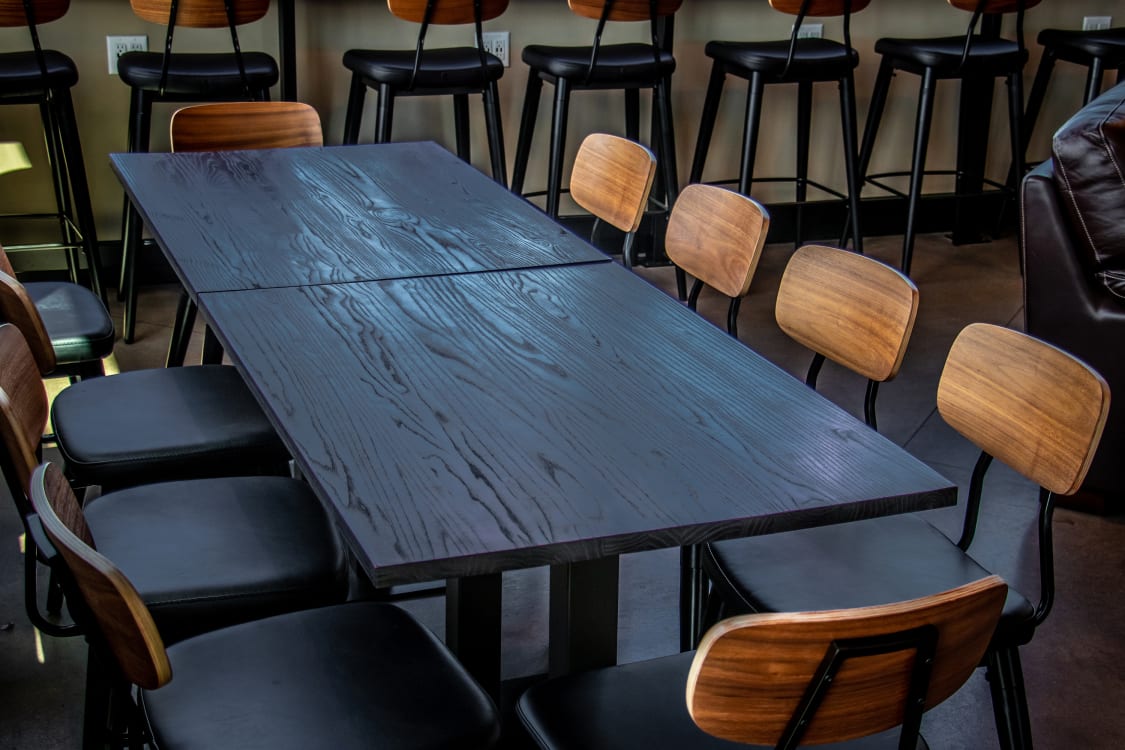
If your restaurant or bar is considering using a communal table as an extension of its space, it’s important to think about how the table will affect the concept’s success and how will having such a table that fit with your restaurant environment.
- Will communal tables allow for more seating at your restaurant? Or will they interfere with your workflow and turnover?
- Will your staff be able to manage and encourage interaction with customers seated at communal tables?
Most importantly, you should offer alternative seating options to guests who are not keen on sitting at a shared table with strangers. While communal tables cannot accommodate every restaurant situation and need, they do, however, make an impact on how customers are enjoying their meals. They have brought dining out to new heights and made it more about enjoying the food and the restaurant. It looks like the trend will be staying around for a while. No longer are communal tables limited to cafeterias and lunchrooms. You could well be having your next meal at a shared table.































































